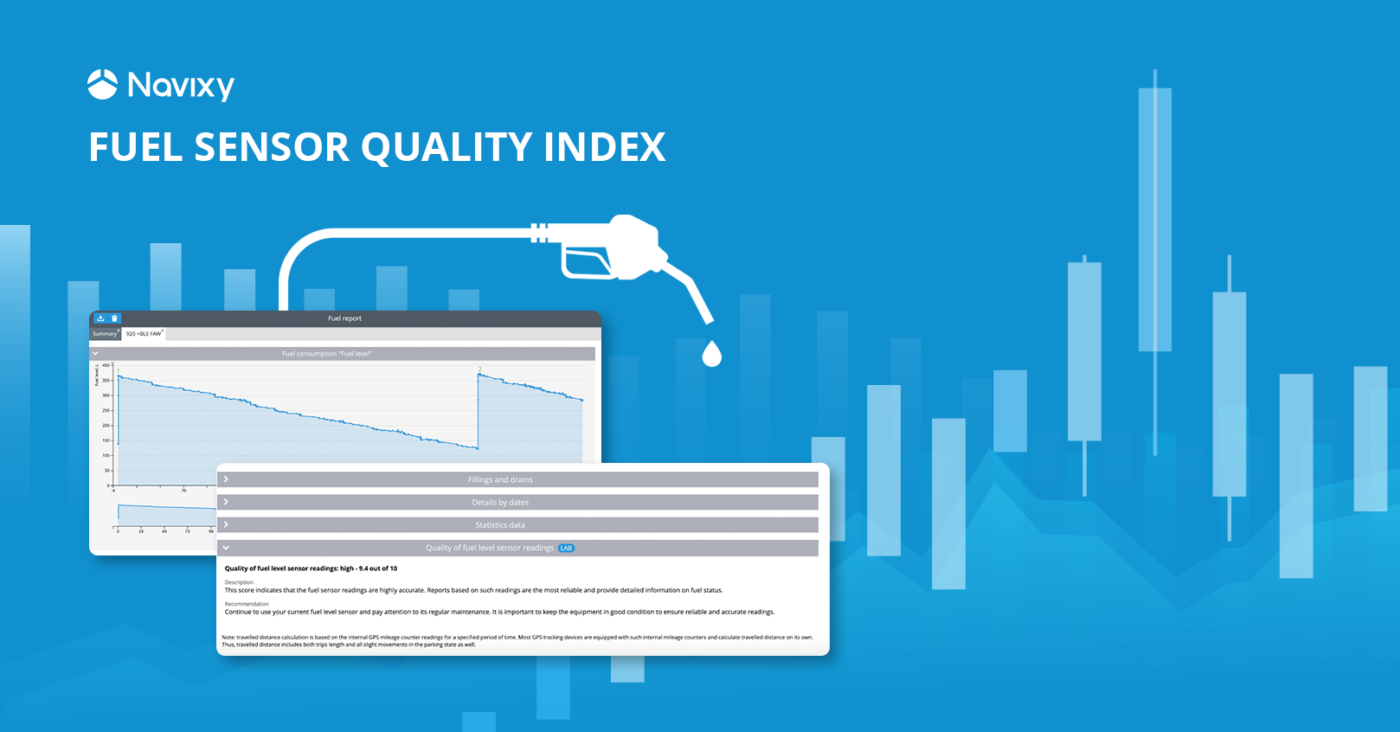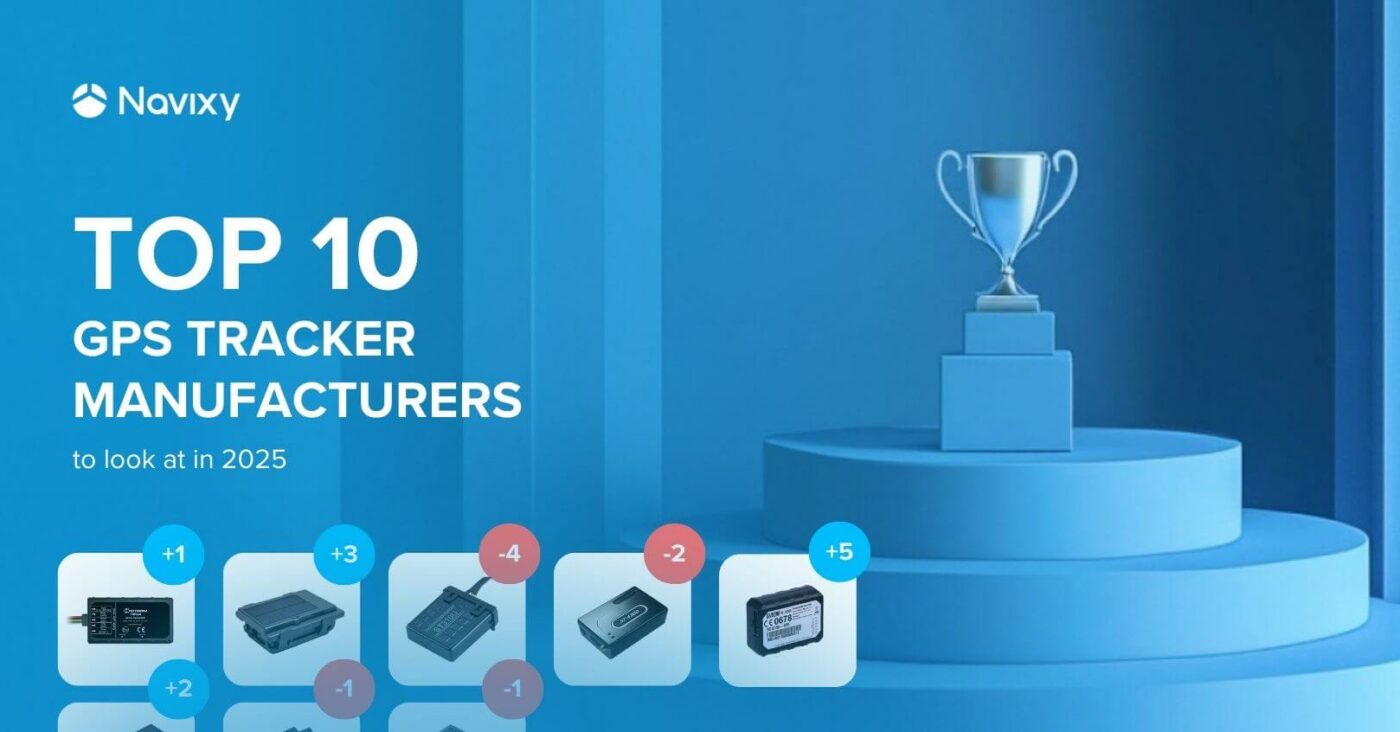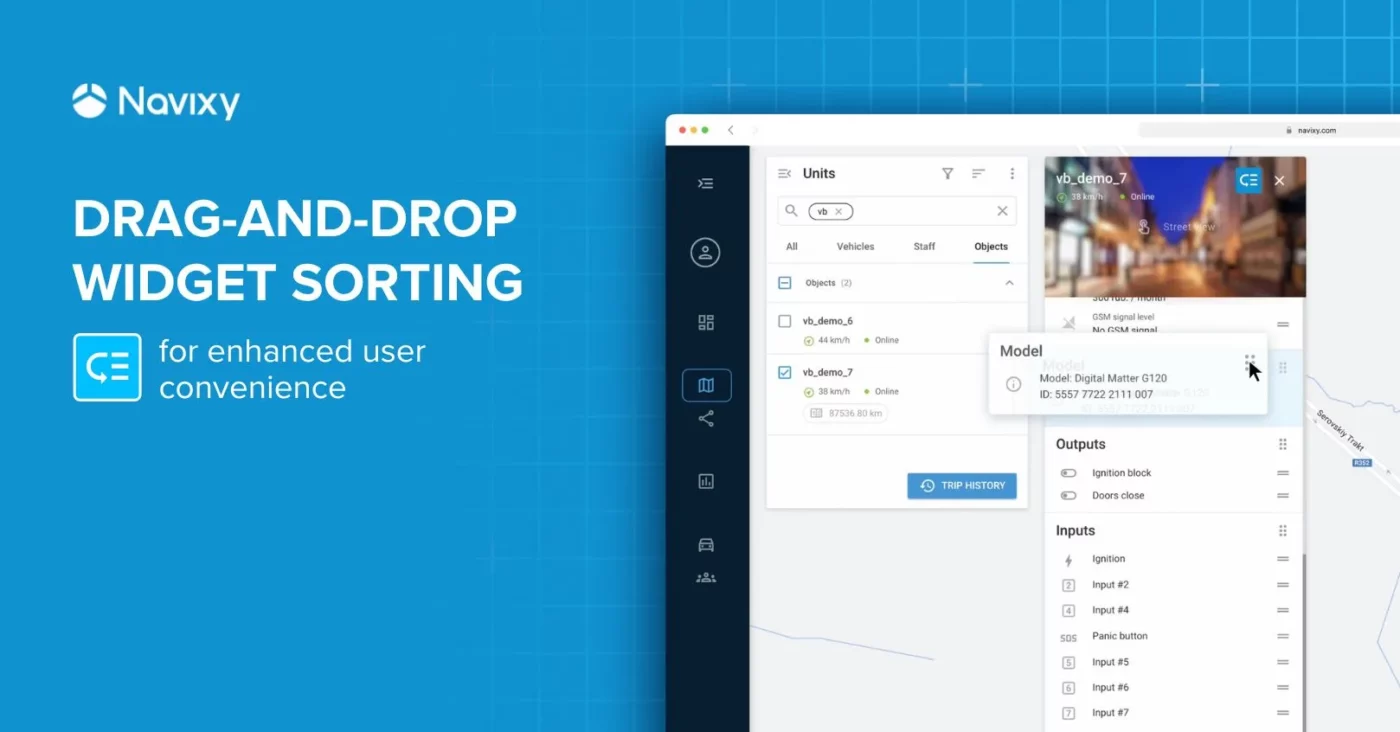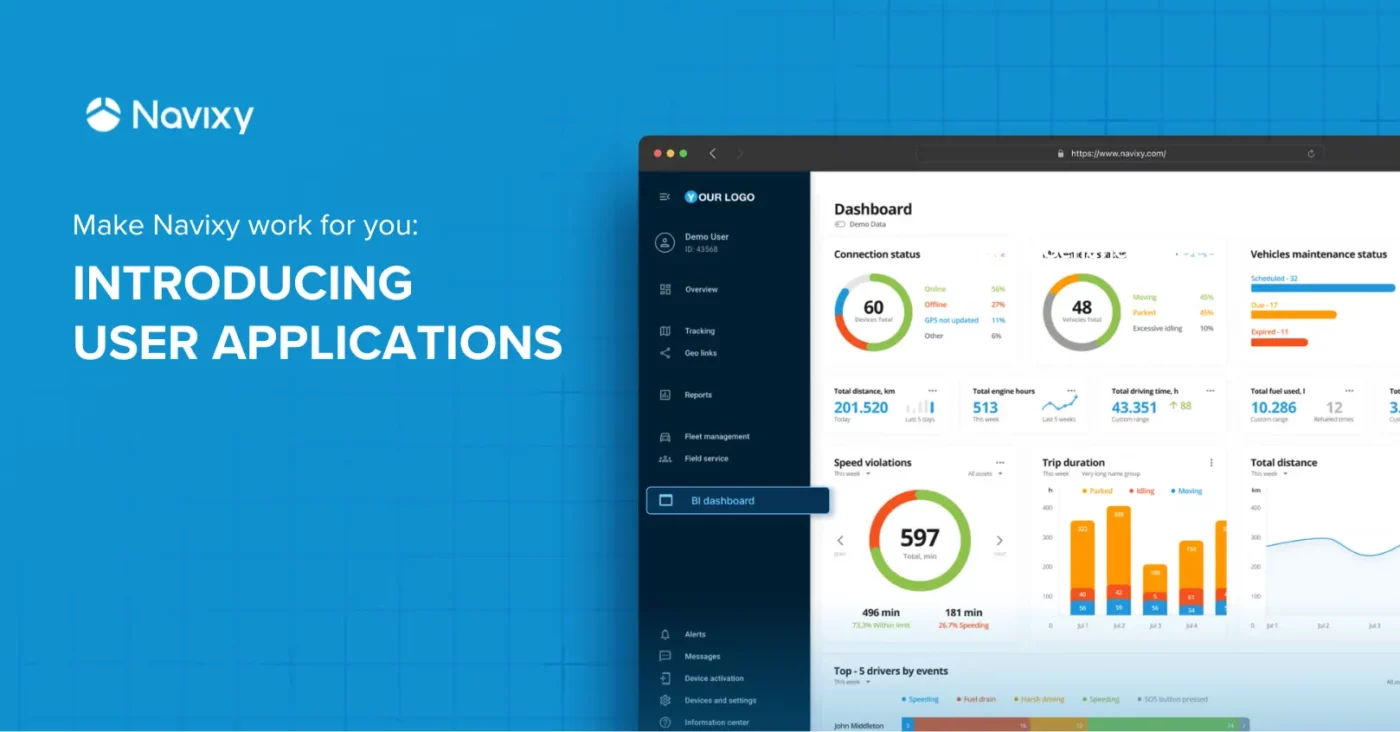In the world of fleet management, precise fuel sensor data is paramount. Since distorted, or "noisy," data can lead to incorrect conclusions about fuel use, Navixy has introduced an innovative solution to this common challenge faced by fleet managers and telematics system integrators: the Fuel Sensor Quality Index. This article explores how Navixy's Fuel Sensor Quality Index significantly improves the accuracy of fuel monitoring, empowering professionals with reliable data for effective decision-making.
Understanding the noise challenge in fuel sensors and its consequences
Fuel level sensors are vital for efficient fuel management, yet they often face the challenge of transmitting noisy, distorted data. This inevitable noise, presenting as random errors or variations, significantly undermines the data's reliability, leading to increased errors and miscalculations. This inherent uncertainty makes it challenging for fleet managers to fully trust the data presented in their reports and to identify the primary causes of discrepancies in fuel usage.
Moreover, the expectations of fleet managers regarding data accuracy vary widely. For some, extremely precise readings are crucial for their operational needs, while others may only need a general understanding of fuel usage trends. Without knowing the quality of the data provided by a given sensor, it's difficult to gauge the level of trust to place in the fuel consumption reports and to make informed decisions based on those reports. Recognizing and addressing this noise is therefore not just a technical challenge, but a critical step in aligning the fuel monitoring system with diverse operational needs and expectations.
Navixy's response: the Fuel Sensor Quality Index (FSQI)
Navixy has been conducting extensive research to address this challenge. Our studies show that both standard and aftermarket fuel sensors can generate noise, affecting the reliability of the transmitted data. In response, Navixy has developed the Fuel Sensor Quality Index, or FSQI. This tool analyses and classifies the quality of readings from fuel level sensors, enabling a deeper understanding of data reliability and helping minimize calculation errors.
Navixy employs various methods, including wavelet analysis and sliding standard deviation calculation, to detect and analyze noise levels in sensor data. Our adaptive method stands out, segmenting the graph based on events and applying smoothing algorithms for an ideal reference. This approach accounts for different sensor types and operational conditions, providing a more accurate noise classification.
The Fuel Sensor Quality Index categorizes sensors into three groups based on transmitted data quality: low, medium, and high. This classification not only aids in understanding the raw data quality but also optimizes control processes and equipment costs. For instance, sensors with low-quality ratings might indicate a need for recalibration or replacement.
On the Navixy platform, the quality assessment of fuel level sensors is integrated into the Fuel Consumption Report. Users can easily view the sensor performance quality, which is reflected in both graphical and tabular formats. This assessment helps fleet managers and system integrators make informed decisions about sensor maintenance and data reliability.
Navixy also offers API access for this feature, which allows for integration into third-party applications and systems. This enables automated data collection and analysis, facilitating proactive management of sensor performance and maintenance.
Guiding fleet managers to optimal fuel monitoring accuracy
Navixy's Fuel Sensor Quality Index (FSQI) provides fleet managers with a crucial tool for assessing the reliability of their fuel reports, enabling them to make more informed decisions. This feature evaluates the quality of data from fuel sensors, rating them on a scale from low to high quality. When the FSQI indicates low or medium quality, fleet managers can consider recalibrating their current sensors or upgrading to more advanced equipment for more highly accurate fuel monitoring.
This is particularly significant in scenarios where precision in fuel measurement is essential. Fleet managers who prioritize fuel management and invest in specialized, high-quality sensors can expect their FSQI to fall within the "high-quality" range, justifying their investment. Conversely, if fuel accuracy is not a top priority, standard fuel level sensors providing CAN-bus data might suffice, with a medium quality rating being acceptable due to the lack of investment in specialized equipment.
Essentially, the FSQI serves as a benchmark for fleet managers to evaluate their ROI on fuel monitoring systems. If the data quality is not up to par, it signals the need for consultation with their telematics service providers to explore ways to enhance the system. This feature not only aids in optimizing operational efficiency but also ensures that investments in fuel monitoring technologies yield the desired outcomes in terms of data accuracy and reliability.
Maximizing service excellence for telematics service providers
For telematics service providers (TSPs), the key to maintaining customer satisfaction and operational excellence lies in delivering accurate and reliable fuel monitoring services. Navixy's Fuel Sensor Quality Index (FSQI) stands as an innovative tool, empowering TSPs to elevate their service offerings by providing a clear assessment of fuel sensors data quality. This feature ensures the highest level of precision and reliability in fuel monitoring for their clients, making it an indispensable part of the TSP toolkit.
The FSQI also acts as a crucial indicator for TSPs when it reveals low or medium quality in sensor data. This insight offers twofold opportunity: first, it can serve as a basis for upselling more advanced sensor systems to clients who require higher accuracy. This not only enhances the quality of service provided but also opens avenues for business growth and customer loyalty through improved technology solutions.
Second, if the FSQI is below expectations despite the use of high-quality hardware, there could be a potential need for unplanned maintenance or replacement— a vital aspect of proactive service management. It suggests that even premium systems may require early intervention, be it in the form of maintenance checks, recalibrations, or even training sessions for employees responsible for sensor installation and configuration. Addressing these issues promptly ensures that TSPs maintain a high standard of service, keeping their clients satisfied and their systems functioning optimally.
In essence, the FSQI serves as a comprehensive barometer for TSPs. It's a tool not just for ensuring the accuracy and reliability of fuel data but also as a critical measure of overall service quality. A lower-than-expected FSQI rating can motivate TSPs to engage more deeply with their clients, whether it's for system upgrades, exploring new sensor technologies, or undertaking proactive maintenance measures. This proactive approach helps TSPs maintain a competitive edge in the market, ensuring their solutions remain at the forefront of technological advancement and customer satisfaction.
Fueling the future: FSQI as a catalyst for advanced fleet management
Navixy's Fuel Sensor Quality Index is more than just a technological advancement; it's a pivotal shift in the landscape of fleet management and telematics services. By providing an unprecedented level of clarity and control over fuel sensor data quality, the FSQI empowers fleet managers and TSPs alike to make informed, data-driven decisions. This innovation is not just about enhancing accuracy in fuel monitoring; it's about fostering a culture of proactive management and continuous improvement.
For fleet managers, it means the ability to trust their data and make more effective operational decisions. For TSPs, it signifies a path to elevate service standards and forge stronger client relationships.



